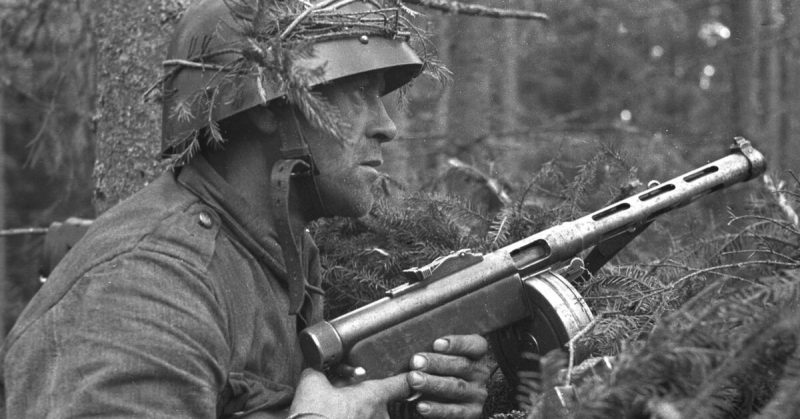From the First World War to the Second World War, the submachine gun played an important part in infantry fighting.
A small machine gun firing pistol ammunition, it allowed infantry to lay down automatic fire without having to carry the heavy machine guns that were so crucial in World War One.
The Villar Perosa – the Origins of the Submachine Gun
The predecessor of the submachine gun – or in some people’s view the original version of the weapon – was the Italian Villar Perosa.
This was a pair of small machine guns mounted on a truck, tripod, or a bicycle’s handlebars. As such, it lacked the portability that would make submachine guns such valuable weapons.
Not-so-rapid Fire
The Villar Perosa fired 9 mm Glisenti cartridges, an underpowered version of those used in the 9 mm Luger.
In theory, it shot at an impressive rate of 1,200 rounds per minute, laying down a hail of bullets. In practice, it could not produce that level of fire, as each barrel was fed from its own 25-round magazine, running out of ammunition in less than two seconds of continuous fire.
Soldiers wielding the Villar Perosa must have spent a lot of time reloading.
The MP 18
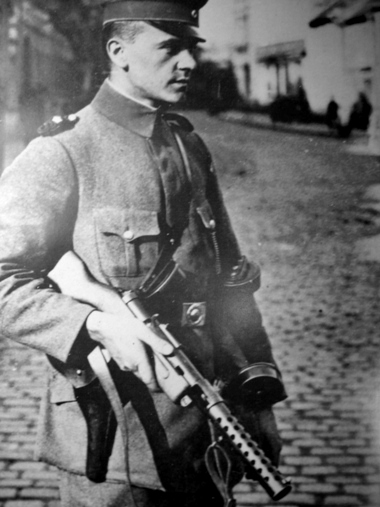
The first submachine gun to have a real impact on war was the MP 18, invented by the German Hugo Schmeisser. It fired 9 mm Luger Bergmann Musquete cartridges, called Kugelspritz (bullet squirter) by the troops.
It was used by stormtroopers who spearheaded Ludendorff’s 1918 offensive, the last great military success of the war. As such, it immediately became associated with German military power.
Grand German Plans
Having developed the MP 18, the Germans intended to provide them for ten percent of their privates as well as every NCO and company officer. To keep the guns loaded, there would be two ammunition bearers for every two privates with submachine guns. These bearers would push a single handcart full of ammunition between them.
This plan never came to fruition, as the Germans were unable to produce enough guns before the war ended.
Origins of the Beretta 38
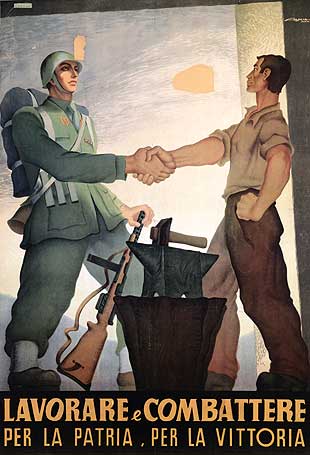
While the Germans were developing their submachine guns, the Italians did not sit idle. At the Beretta factory, Tulio Marangoni separated the two barrels of the Villar Perosa, turning each into an individual weapon that could be carried by an infantryman.
Developing this new gun took too long for it to be used during the First World War. It eventually led to the Model 38, one of the best personal weapons of World War Two.
Banned in Germany
Under the terms drawn up at the end of World War One, Germany and Austria were almost entirely prohibited from using machine guns. A few exceptions were made to the police, but the armed forces that had successfully used these weapons first could no longer carry them.
German manufacturers still created designs for submachine guns, mostly using the Luger 9 mm cartridge, and sold them around the world. The ban was on having the weapons, not understanding how they were made.
The Tommy Gun
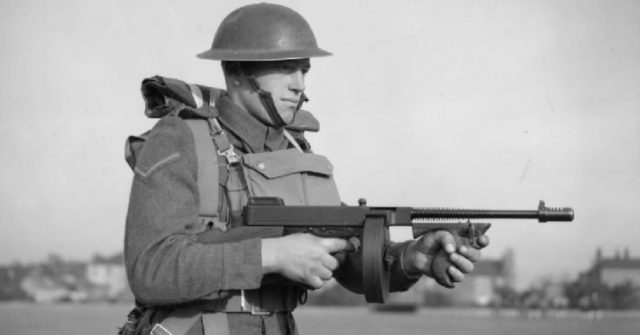
The first American submachine gun was invented by Oscar Payne, an employee of retired General John T. Thompson, again during the First World War. It fired .45 auto pistol cartridges.
Like the gun being developed by Beretta, the Thompson “trench broom” was not ready for use before the end of the war. When peace came, the US military was no longer interested in obtaining the weapon. It was primarily bought by civilian agencies such as the police and Coast Guard, who used it to fight rum runners. It was also adopted by those on the wrong side of the law, gaining some popularity with gangsters, though it was never as widespread as films made it seem.
The Marine Corps adopted the Thompson gun for the smaller wars it fought in the Caribbean and Central America. By the Second World War, the US military, like those of other countries, had woken up to the power of the submachine gun.
Popular in Finland
Rather than import a weapon from one of their larger neighbors, the Finns developed a submachine gun of their own – the Suomi. Aside from the cold, it was their most valuable weapon in the Winter War of 1939-40.
The beleaguered Finns fought a guerrilla campaign that made the USSR pay for invading their country. This war also made the Soviets pay attention to the potential of submachine guns.
Mastering Mass Production
Though they were among the last to adopt submachine guns, the British and Americans were also the nations which mastered mass production of these weapons.
The American M 3, popularly known as the “grease gun,” and the British Sten gun were among the most easily produced submachine guns ever made. This helped in making them a standard infantry weapon, as the Germans had dreamed of doing decades before.
Soviet Shooting Parties
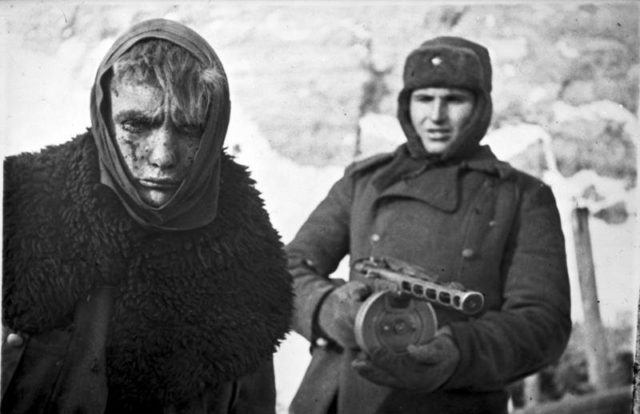
Having seen the value of the submachine gun while facing the Finns, the Soviets embraced this weapon more wholeheartedly than ever before. It became as important as the rifle in their tactics.
A regular attack by the Red Army during World War Two began with the submachine gun infantry. Making the most of their fast, light weapons, they laid down a barrage of fire for 200 yards ahead of the advance as they came forward.
Behind them came tanks and tank riders. Again equipped with submachine guns as well as hand grenades, the tank riders protected the tanks from troops with anti-tank weapons that could have penetrated their armor.
Obsolescence
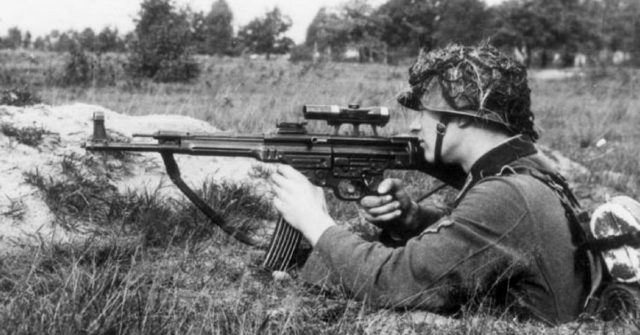
As a weapon of war, the submachine gun started to become obsolete near the end of the Second World War.
The lighter and more powerful US M-2 carbine and the German sturmgewehr assault rifle surpassed submachine guns as infantry weapons, showing where weaponry would go in the future.
Source:
William Weir (2006), 50 Weapons that Changed Warfare.
